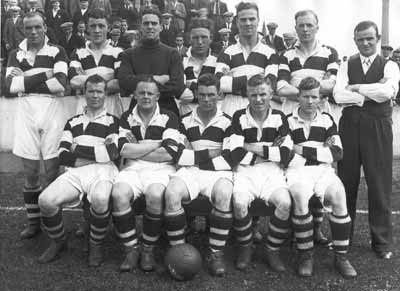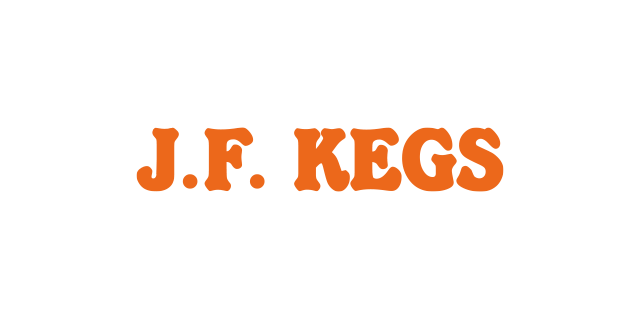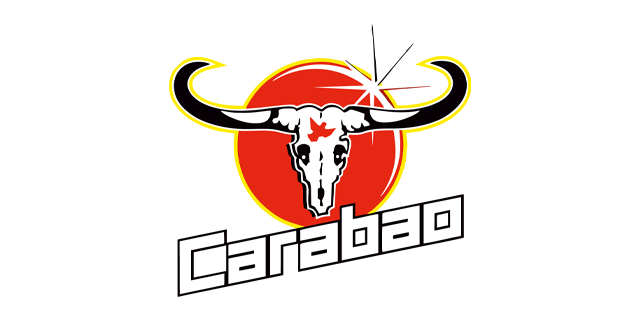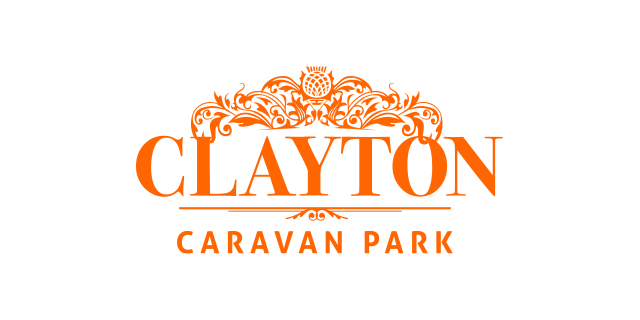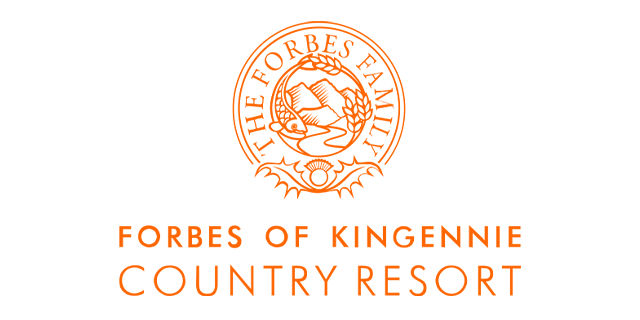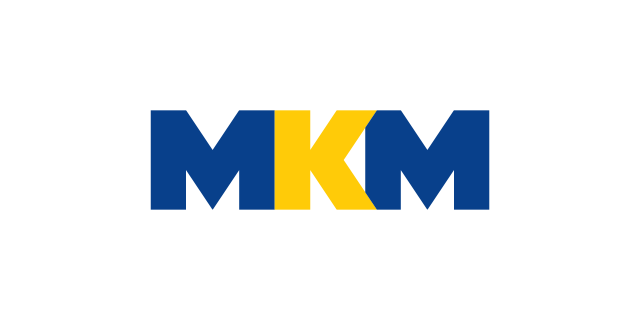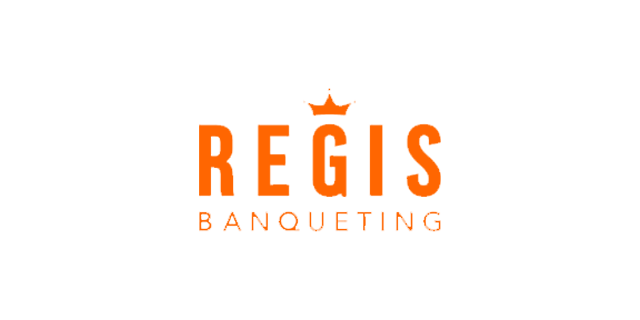Season 1923-24 began with Dundee Hibernian but ended with the Club playing under the new name of Dundee United. At the start of that season, the Directors also decided on a change of colours to black and white. These changes took place in an attempt to give the Club a wider appeal. Initially the preferred new name was Dundee City but local rivals Dundee FC strongly objected to this. After several weeks of discussion, agreement on the name Dundee United was reached and then approved by the football authorities. As Dundee United, the first match played was against Dumbarton on 27th October 1923.
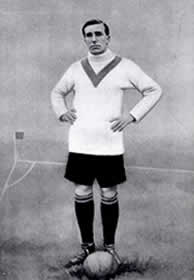
The Club then entered a period of relative prosperity with former international goalkeeper Jimmy Brownlie as the Player/Manager. Within two years of taking charge, he steered United to the Second Division title in 1924-25, to bring First Division football to Tannadice for the first time. However, United were not well enough equipped for top-flight football and were relegated two years later. Brownlie then spent another two seasons rebuilding the side and topped the Second Division again in 1928-29. The stay in the First Division on this second occasion lasted just one year but within a season, they won promotion yet again. Surprisingly, the Club and Manager parted company immediately after promotion was achieved. Yet again it was a brief flirtation in the top division and United dropped straight back down again at the end of 1931-32.
For the next few years, Dundee United struggled both on and off the pitch. They came close to the top of the table in 1934-35 but for most of the 1930s, they were found battling in the lower reaches of the league. The country as a whole was in the grip of a recession and several Scottish football clubs went to the wall. Dundee United were almost one of them. In the latter stages of 1933-34, the Club were on the verge of extinction but were saved at the eleventh hour by local businessmen William McIntosh and George Greig. Jimmy Brownlie then returned to take charge of the team again and for a brief time the future looked good.
However, within two years, the Club experienced severe financial difficulties and George Greig stepped in yet again to save the Club. Strict fiscal controls were instigated and he dispensed with the services of Brownlie to manage the club himself. Dundee United survived – but only just. Greig stepped down at the end of 1937-38 and a new Board of Directors took over for the new season. One of their first actions was to bring Jimmy Brownlie back for a third term as Manager, this time jointly with Sam Irving. They saw the Club through 1938-39 and a new team was being built to mount an assault on the championship when football came to an abrupt halt with the outbreak of the Second World War.
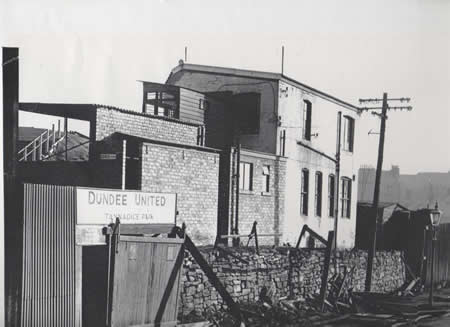
The Scottish Leagues were again abandoned and the football authorities re-organised the leagues with Dundee United taking part in the Eastern Regional League in 1939-40. That season also brought a fantastic run for United in the Emergency War Cup. Going all the way to the final at Hampden Park, United played Rangers and were unlucky to lose by a single goal. Indeed many observers were of the opinion that United were the better side. The outcome might have been different if an apparently good United goal in the first half had not been ruled offside.
There were no senior leagues on the east coast in 1940-41. Dundee United did not compete that season and instead, United Juniors was created to play in the junior leagues in which they remained until 1944. Dundee United were back in business again in 1941-42 as one of the teams in the newly created North Eastern League, which lasted until the war ended. On VE Day 1945, United played Dundee in a Forfarshire Cup tie at Tannadice in a party atmosphere. The Club and supporters were full of optimism as a new era dawned.
